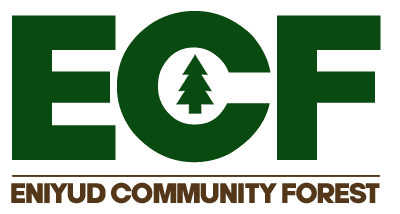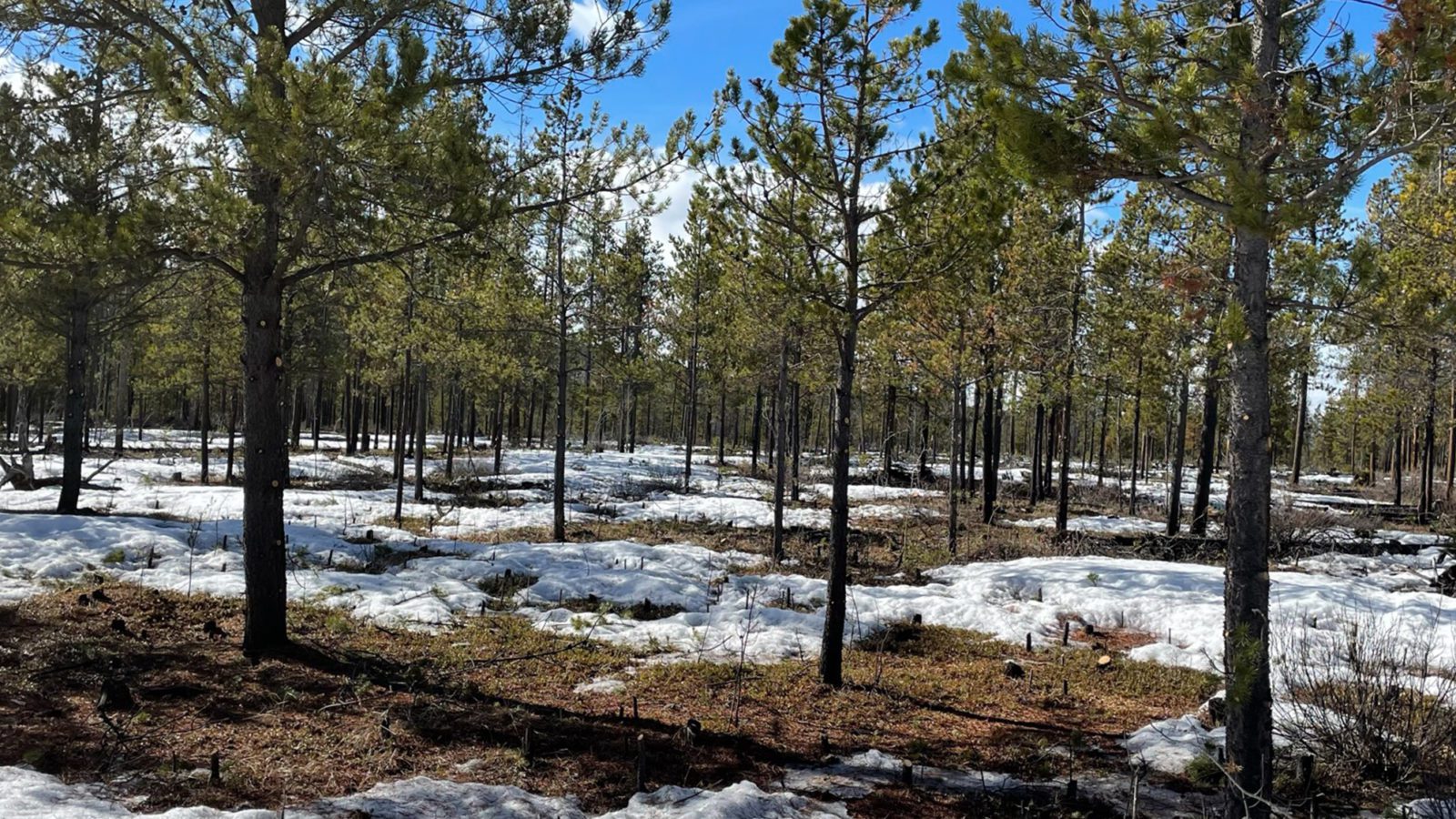About the Eniyud Community Forest
After a long and detailed history of participation in local area land use and land use policy, the Tsi Del
Del First Nation and the Tatla Resource Association (TRA) Formed the Eniyud Community Forest in 2007. These two organizations and their respective communities have been striving to reach this goal for many years. The West Chilcotin Demonstration Project (WCDP) (May 2004) is in essence the backbone of the pending community forest licence, and a solid example of concerted efforts to demonstrate their ability to work together toward a common goal.
The WCDP was designed to incorporate the varying interests of land use sectors including First Nations interests and a burgeoning nature-based tourism industry. The key focus was determining the most appropriate manner in which forestry and tourism could harmonize their activities on the shared land base and fulfill their individual aspirations. The results of the WCDP suggest that teamwork and collaborative planning between the two sectors would best serve this purpose and both industries could co-exist and in fact prosper.
The community forest is comprised of two geographically distinct parcels. The largest, most southern parcel encompasses Tatla Lake, extending south to the northern tip of Tatlayoko Lake along the west arm and extends east toward Eagle Lake and then south to the northernmost boundary of Lincoln Pass, with the Xeni’Gwet’in trapline as the eastern boundary. This larger parcel is approximately 106,204 hectares in size. The smaller parcel is located south of the Puntzi Lake chain north of the Redstone reserve and extends south to hwy 20, and is approximately 7,700 hectares in area. View the ECF Overview Map
The long-term goal of the Eniyud Community Forest is to serve the social, environmental and economic needs of the two contributing communities. The Eniyud Community Forest land base is valued for much more than just its timber resource. Our intent is to manage the community forest in a sustainable and integrated manner that allows us to realize the full potential of the land base.
Guiding Principles and Goals
The long-term goal of the Eniyud Community Forest is to serve the social, environmental and economic needs of the two contributing communities. The Eniyud Community Forest land base is valued for much more than just its timber resource. Our intent is to manage the community forest in a sustainable and integrated manner that allows us to realize the full potential of the land base.
The Eniyud Community Forest will operate under the following overarching guiding principles and management goals:
- Operate in a safe and ecologically sound manner by achieving and maintaining SAFE certification, and by employing individuals who a high regard for safety and the environment.
- Enable forestry and tourism to prosper and attract new investment, by encouraging local residents and entrepreneurs to get involved in the planning and marketing process and by remaining cognisant of recreation features, tourism destinations and potential business opportunities.
- Preserve First Nations traditional use and traditional use features on the land base by maintaining our relationships with local First Nations, and encouraging their input into the planning process and operational activities, as well as remaining open to new collaborative ventures.
- Encourage community stability by promoting diverse and sustainable economic opportunities.
- Identify and use current best management practices with which to operate the community forest through the hiring and retention of qualified professionals and contractors, and through maintaining a good working relationship with the District MFR.
- Operate consistently with provincial legislation and the Cariboo-Chilcotin Land Use Plan by employing qualified professionals and continuing to pursue our interests in local land and resource planning.
- Demonstrate that working-forest targets are achievable on-the-ground by monitoring and assessing the results of our operations in tandem with public review of, and response to operations.
- Provide mechanisms for building community awareness and participation in community forest activities, and explore opportunities to bring the two communities together by hosting community forest-related events, workshops and field tours of our operations.9. Operate within a transparent, consensus-based regime, thus avoiding conflict, and strengthening our relationship with government, local area residents and First Nations.

